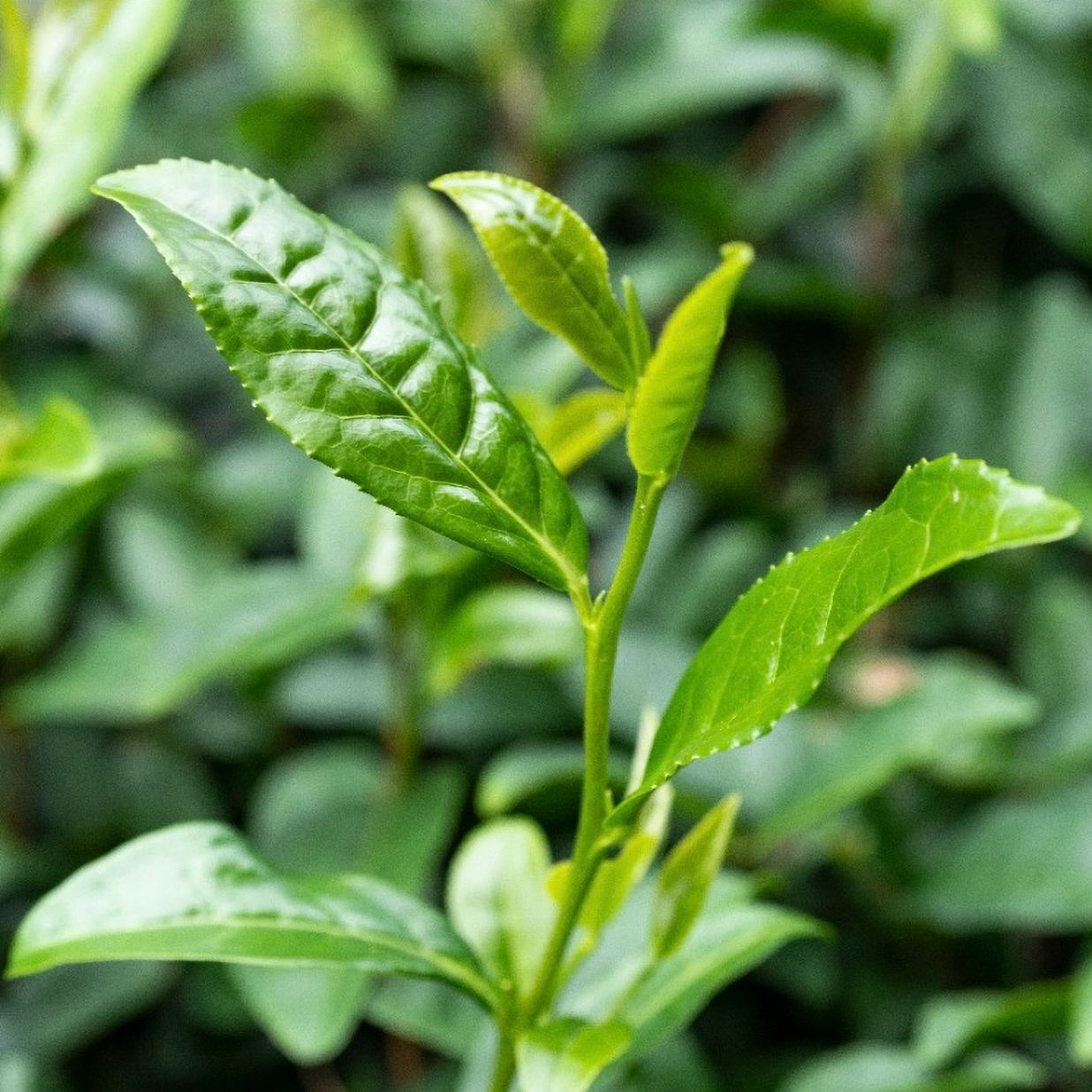RASPBERRY LEAF
The raspberry (Rubus idaeus L.) is a valuable plant with a history of use that dates back over 2000 years to the ancient Greeks and Romans. A member of the rose family, it thrives primarily in forest clearings or on deforested land at altitudes of up to 2000m within the boreal zones of the Northern Hemisphere. While best known for its delicious fruits, its leaves have also long been used in traditional herbalism for preparation of tea. Archaeological finds show that both the fruits and leaves of the plant were used as far back as the Stone Age, and it was later cultivated in monastery gardens by knowledgeable priests and monks during the Middle Ages.
LADY'S MANTEL
Lady's mantle (Alchemilla) belongs to the rose family (Rosaceae). Its species are widespread across Europe, Asia and Africa, thriving particularly at higher altitudes, with around 300 species in Europe alone. Its botanical name, Alchemilla, alludes to alchemy and the plant's perceived magical properties, a belief inspired by the droplets of water that form on its leaves and have been used in healing remedies since ancient times.
ELDERFLOWER
Elder (Sambucus nigra) fills the air with its lovely fragrance from May to July. It thrives near human dwellings, often nestling against the sides of houses. By late summer and into autumn, its blossoms transform into clusters of dark berries. The Celts were well-acquainted with the many uses of both the flowers and the berries.
PEPPERMINT
Peppermint (Mentha piperita) has been used for centuries in many cultures, either burned in rituals or consumed as tea. In ancient times, students would wear braided mint wreaths during important exams to promote clear thinking. Traditionally, peppermint is drunk as a tea or inhaled in the form of steam baths.
NETTLE
The nettle (Urtica dioica, Urtica urens) deserves a place of honour among herbs. With around 70 species found across the globe (everywhere except Antarctica) it is hardy, undemanding, and highly effective. It often thrives close to human habitation, and many butterfly species depend on it for survival. Known since ancient times, it was once believed to ward off evil spells.
ROSE PETALS
The rose (Rosa centifolia) is a true Persian native, with Iran still home to the greatest variety of rose species today. Rich in symbolism, the rose has long represented love, cherished by both the Greeks and the Chinese not only for its beauty, but also for its versatility – used in everything from medicine and perfumes to food and drink.
CRANESBILL (HERB ROBERT)
Cranesbill (Geranium spp.) is a wild plant from the geranium family and is native to many regions of Europe. Herb Robert (Geranium robertianum) is particularly well known for its aromatic scent and delicate pink flowers. The characteristically deeply lobed leaves and the beak-like fruiting bodies, which give the plant its name, make cranesbill easy to identify. It prefers to grow in semi-shaded to shaded locations such as forest edges, hedges and damp meadows.
FENUGREEK
Originally from India, fenugreek (Trigonella foenum-graecum) was brought to Europe by Benedictine monks and cultivated in monastic gardens. A member of the legume family, it has been highly valued since ancient times both as medicine and as an important culinary spice.
HOREHOUND
Horehound (Marrubium vulgare) is a perennial herb in the mint family (Lamiaceae), native to Europe, northern Africa, and parts of Asia. It is best known for its woolly, gray-green leaves and small white flowers. Traditionally used in herbal medicine, horehound is prized for its expectorant properties, making it a common ingredient in cough remedies and throat lozenges. Its bitter taste also lends it to use in digestive tonics and old-fashioned herbal candies. The plant thrives in dry, sunny environments and is often found in disturbed soils.


















